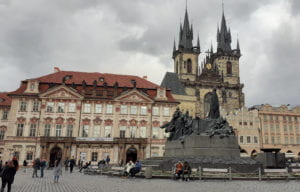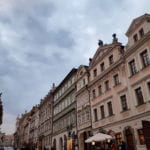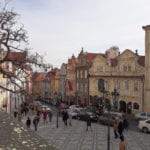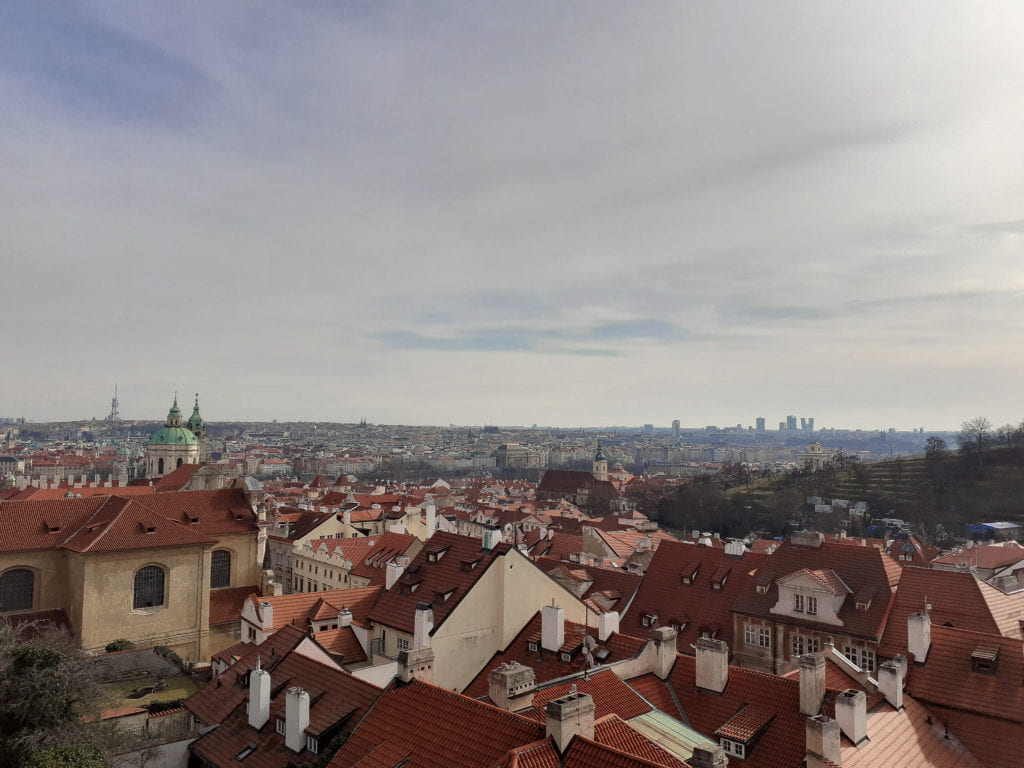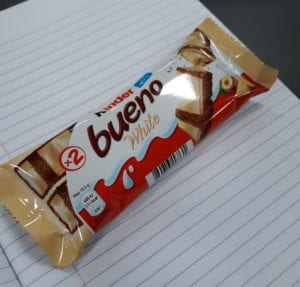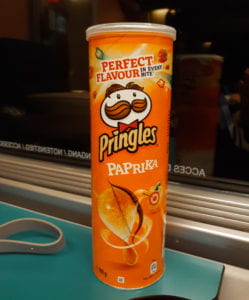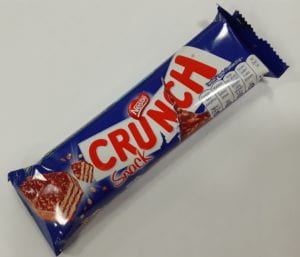Thursday, June 4th, 2020 | Written by Blanca
*Disclaimer: This story takes place in March before Spring 2020 students returned to the U.S.
Believe it or not, it’s finally here, all too soon—actually, much sooner than originally planned: my final post as the Spring 2020 GTL blogger. Studying abroad in Europe was a wild ride, even though my semester was unfortunately truncated due to the onset of a pandemic, but I’m so glad that I had the GTL Blog as a place to document all my journeys along the way.
While many of my blogging predecessors have begun their final blog posts quantitatively, this wasn’t something I wanted to do. I’d never been to Europe before this semester, and I don’t anticipate being able to do so again until at least after I graduate, so for me, studying abroad at GTL was a novel experience in every sense. Encapsulating all the emotions, discoveries, and revelations I had over the past couple weeks is already hard to do with words, much less reduced down to numbers. That being said, I get it now; it’s impossible not to think of my experience at least in part with numbers, just because of the sheer magnitude of it all. In a mere ten weeks, I went from never having set foot on the continent of Europe before to having traveled in eight new countries and passed through several more. Crazy! I still have trouble wrapping my head around that thought, but I feel super blessed to have had the opportunity to do so.
It’s funny that I visited so many new countries and cities, because I began the semester telling myself that I didn’t want to approach the Georgia Tech-Lorraine experience with the intent of simply seeing as many places as possible. As weird as this sounds, I really like getting to know cities. Like people, you discover that they all have such unique aspects that make them special, so I decided to make it my goal to see the places I visited, be they nearby Metz or faraway Vienna (where I unfortunately did not make it this semester) as fully as possible. Then again, it had also been my plan to spend roughly the first half of the semester traveling around Europe with my Eurail pass and the second half staying relatively nearby, visiting the cities in France and gallivanting across the Loire Valley; I just never got the chance to do the latter.
I loved Metz, with its charming winding streets and sunny yellow Jaumont limestone that comprised much of the old town. Metz is a very small city, but on weekends when you just need to wind down, I found it to be the perfect balance between bustling metropolis and middle-of-nowhere (having lived in both), and I’d been looking forward to exploring more of it, trying new pâtisseries and local restaurants, when the weather was kinder. Granted, I was still raring to do more when I left, but I don’t feel like I missed out on anything. I feel incredibly lucky to have been able to do any of it at all; besides, I got to see from London in the west to as far east as Budapest, and several cities in between, so I’d consider the semester to be largely a success. Life has a weird way of working out like that.
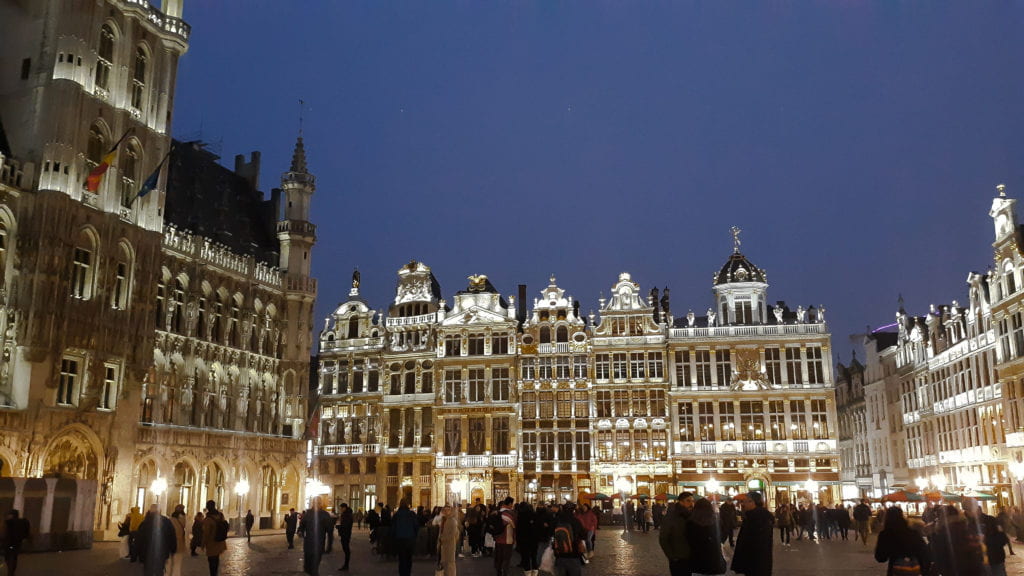
I don’t want to dwell too long on what could’ve been. Bloggers of past semesters also offer excellent advice in their posts, so I’d recommend also checking those out if you’re a prospective Georgia Tech-Lorraine student! Looking back, I’d have to add that the importance of planning really is the best advice I can contribute for those who want to make the most out of their experience. The public transportation and trains of European countries are superb, so coupled in with some organization and coordination, you can see so much of the world and of ways of life in different places, all while staying on top of your coursework. A habit extremely helpful for me and my travels was, after deciding which city I was to visit next and for how many days, compiling a list of destinations I wanted to visit and creating a Google Map on which to plot them all. This way, I was able to map out, geographically, all my locations and plan my itinerary logistics accordingly. Not only was I able to be as productive as possible with my time, but I was generally also able to walk between most of my destinations, allowing me to save money and experience the streets of different places.
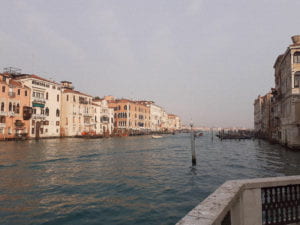
Those euros you save also come in handy in case you ever need to use the restroom, as “water closets” in Europe charge for entry. (Yes, I still feel cheated from that one time I paid €2.50 to use a public restroom in Venice.)
One of the most valuable opportunities I had was traveling solo, which I highly recommend (while taking all the necessary precautions, of course). I personally love spending time alone and exploring new locations, but being able to do so in places so culturally different from the American cities to which I was accustomed was such an immersive, novel experience. Traveling alone allowed me to see the details of a particular city and appreciate its history and way of life so much more, and I think that is something everyone should experience. It’s humbling to be standing on the streets of European cities with decorated and celebrated histories, to realize that the stone on which you are standing was laid there hundreds of years before, under the rule of Habsburgs or Ottomans or Hohenzollerns.
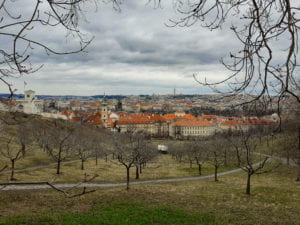
I know that the mentality of many Georgia Tech-Lorraine students is to keep moving, to keep seeing new things—as it was mine too—but I would also recommend revisiting places you’ve been before. After spending a weekend in Prague with some friends, I returned for a brief day and a half during Spring Break, and what a reunion that was! Revisiting allows for seeing sights you might’ve missed the first time around; for example, my second time in Prague entailed going to view the ethereal libraries of the Strahov Monastery. As it would appear former GT-Lorraine blogger, Lindsay , also agrees that revisiting Prague to see a gorgeous library is the way to go.
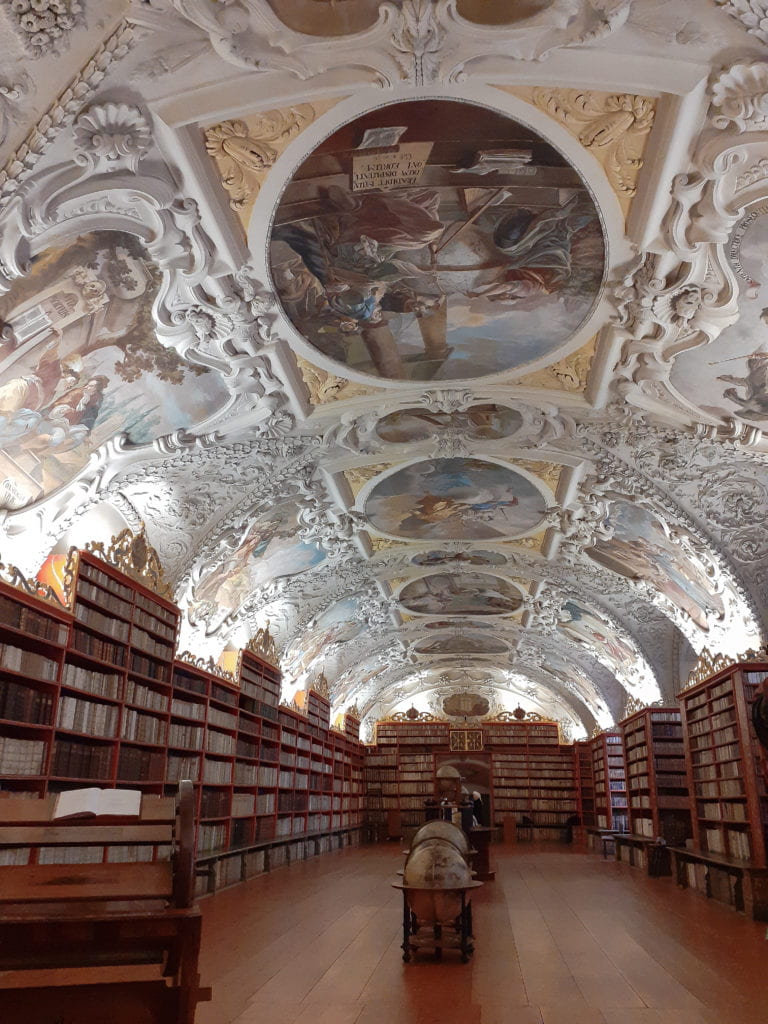
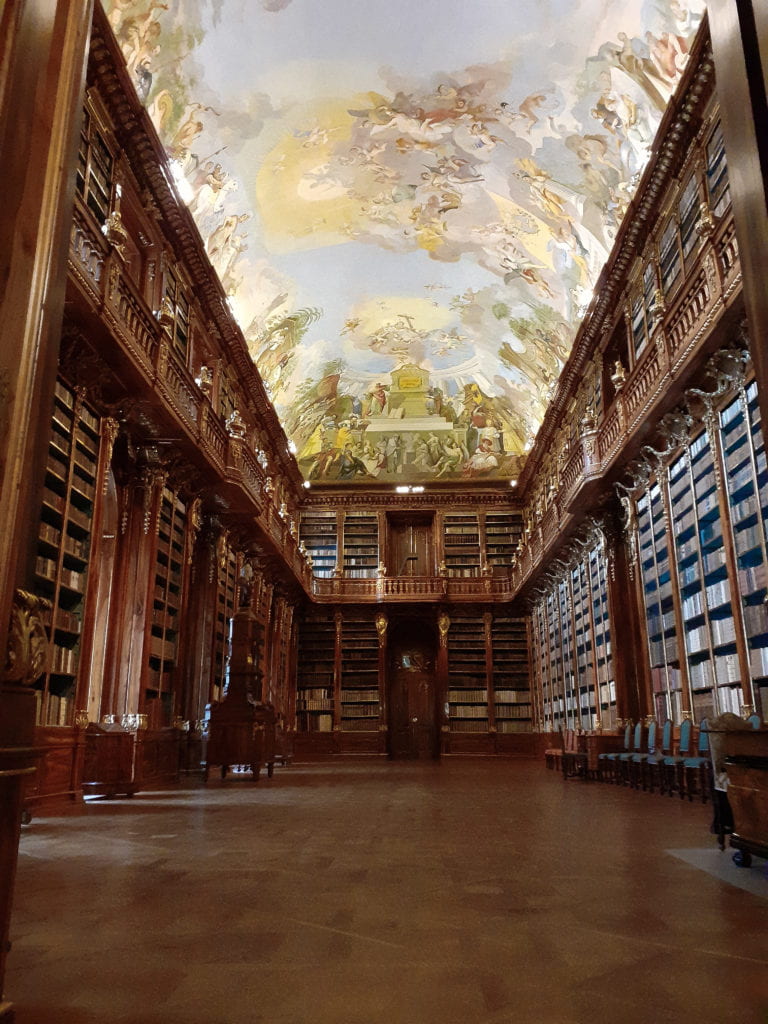
Maybe I’ll even visit Prague for a third time, later on, and who knows which hidden gems I’ll see then? The prospect of doing so is immensely exciting. For now, though, I’m signing off for the last time. I’ve thoroughly enjoyed regaling you all with accounts of the wonders I experienced this semester, details so special to me and ones that I didn’t think anyone else should miss. I hope you’ve enjoyed coming along with me.
Thank you for reading!
Blanca



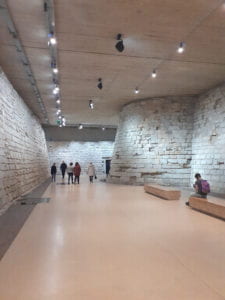


 The phrase “let them eat cake” is commonly attributed to Marie Antoinette, however unreliably, but I do not recommend the Marie Antoinette macaron (second from right).
The phrase “let them eat cake” is commonly attributed to Marie Antoinette, however unreliably, but I do not recommend the Marie Antoinette macaron (second from right).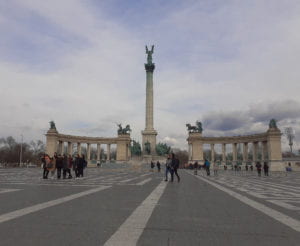
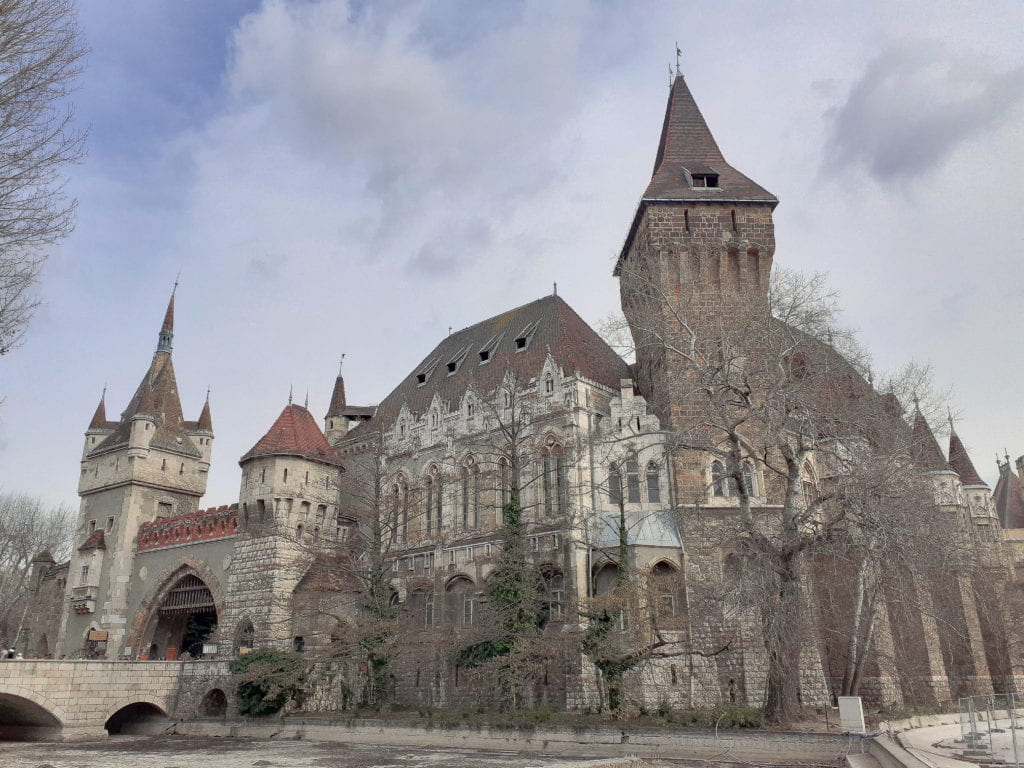

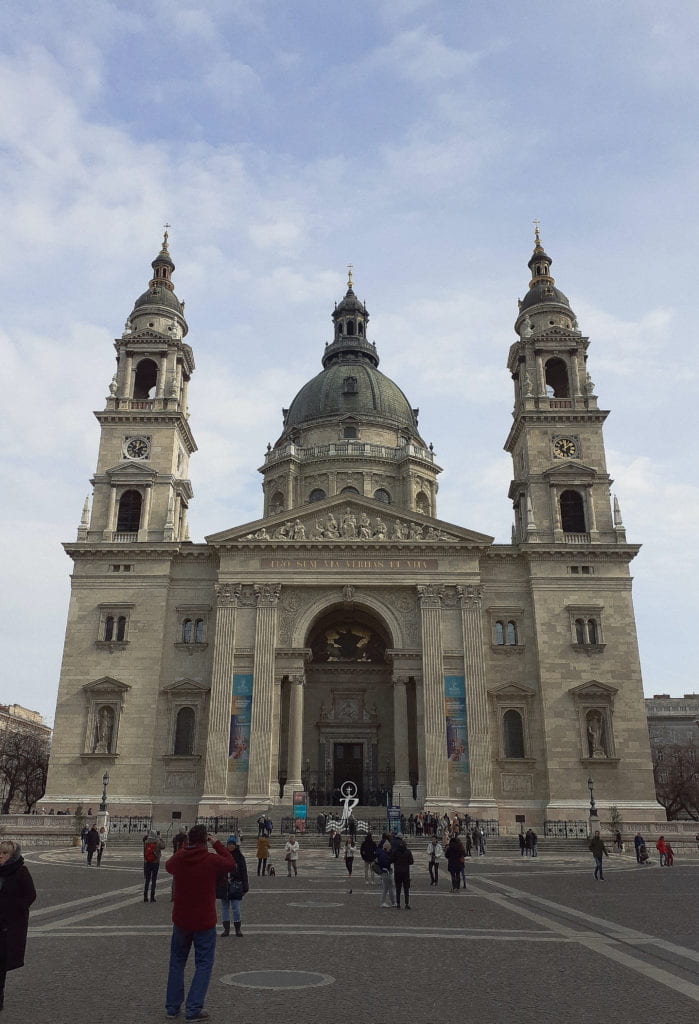





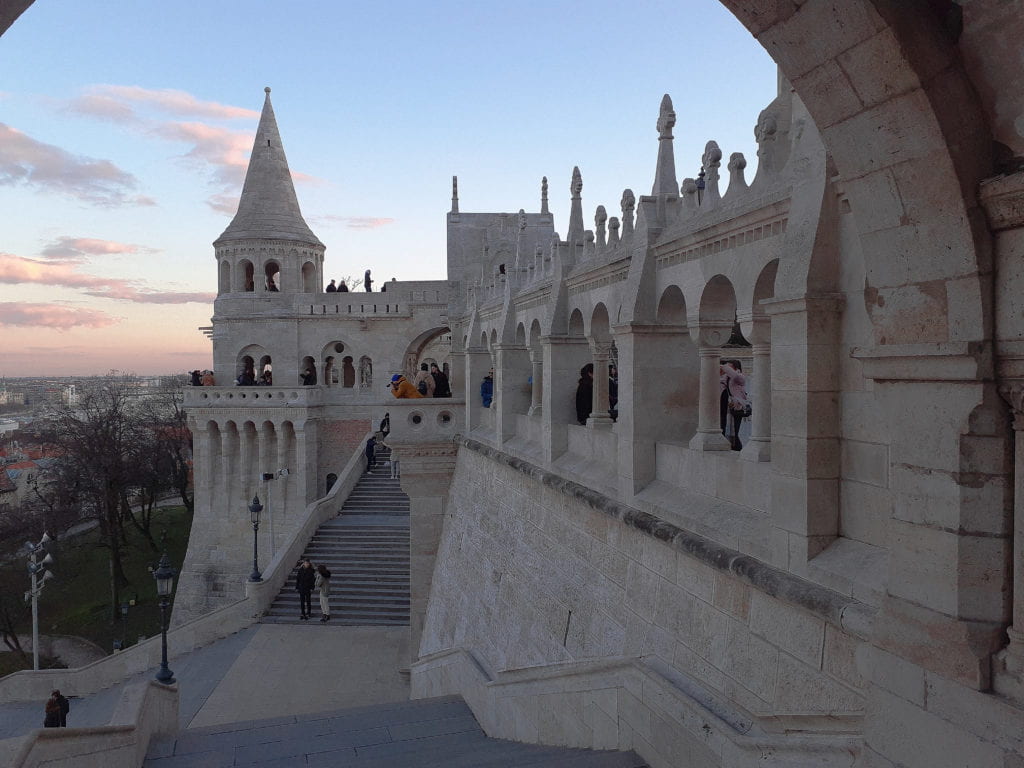
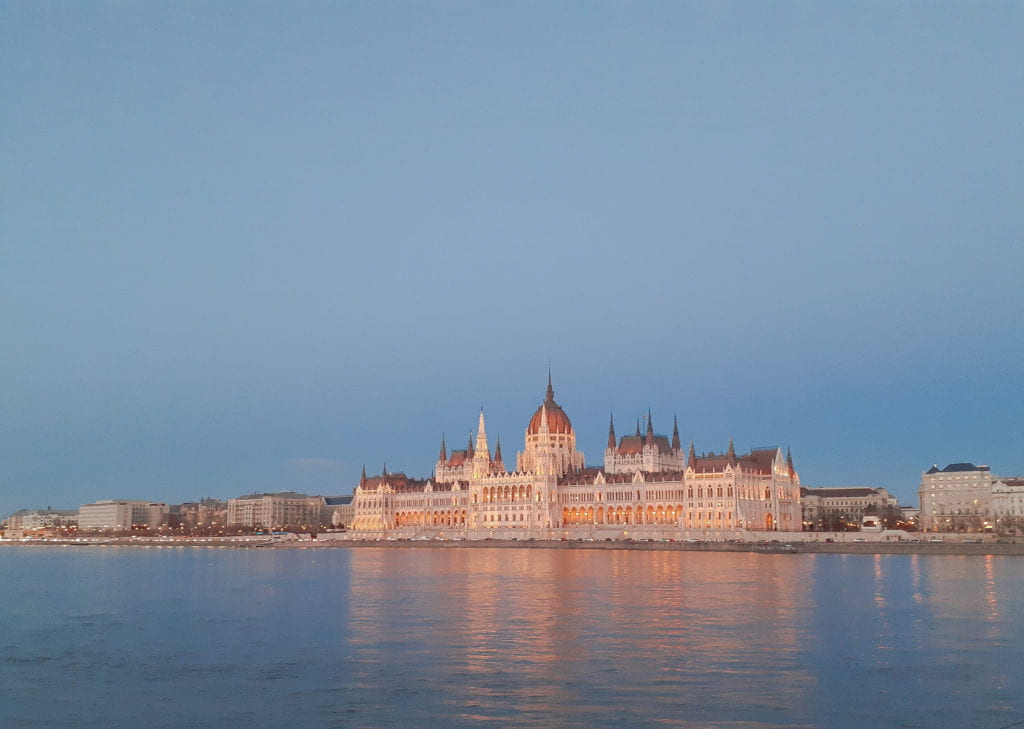


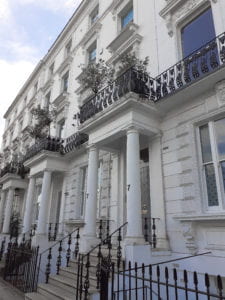
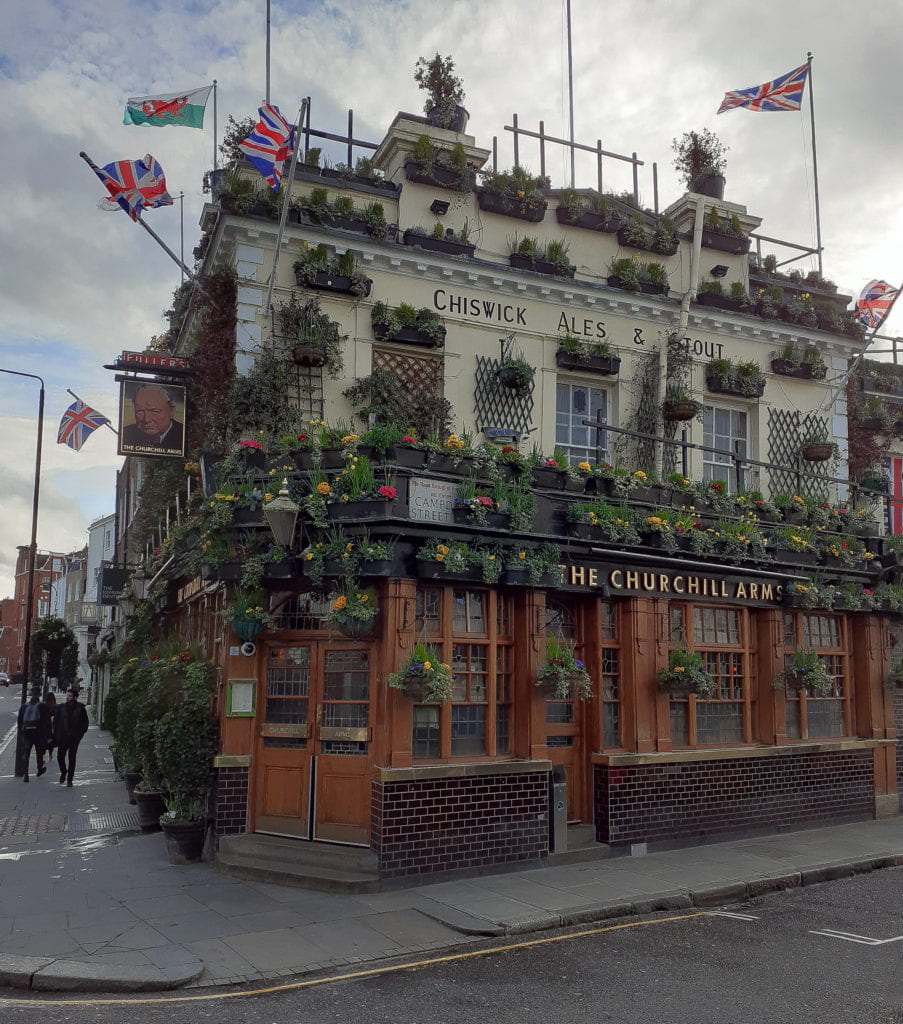
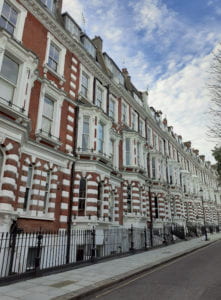
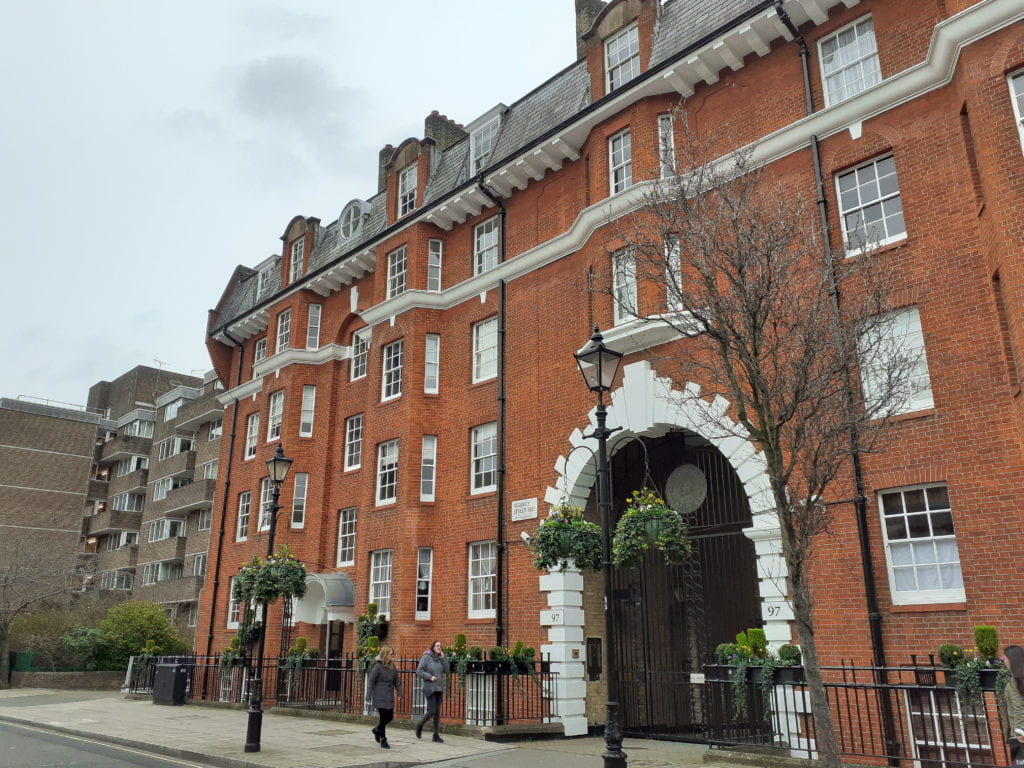

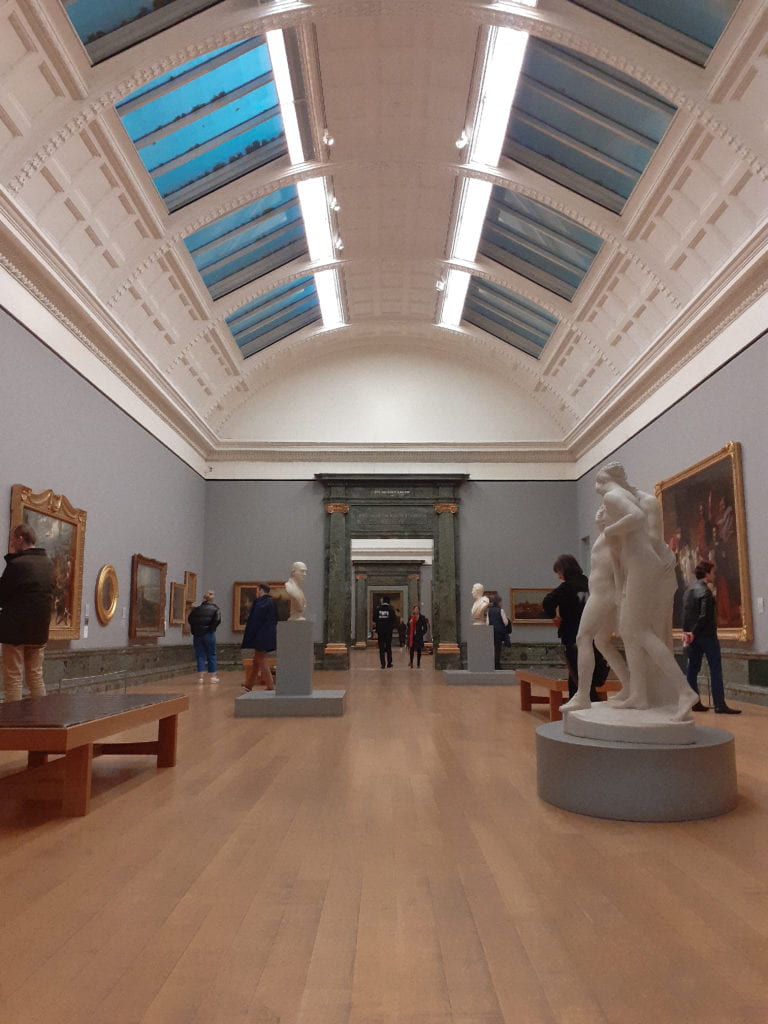
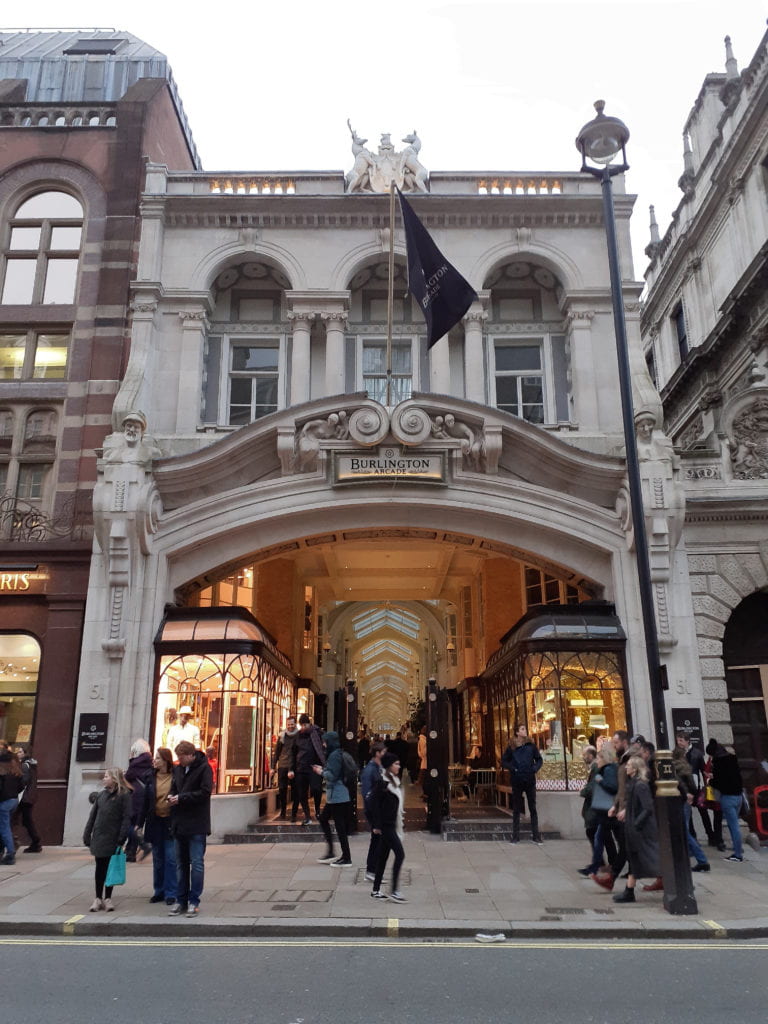

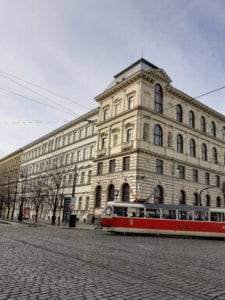
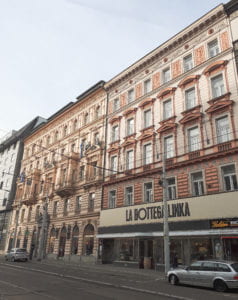
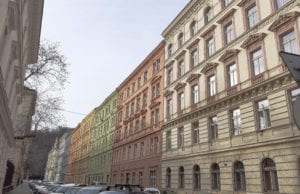
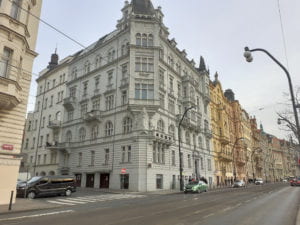
![[vysehradSunset.jpg] Watching the sunset from the battlements of Vyšehrad](https://bpb-us-e1.wpmucdn.com/sites.gatech.edu/dist/8/307/files/2020/02/vysehradSunset-300x225.jpg)

